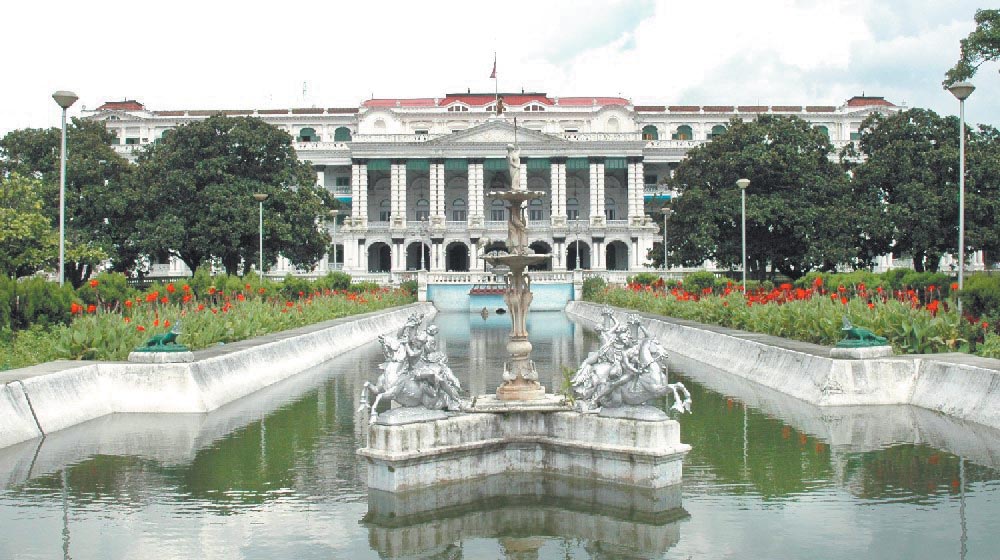Govt to take steps to protect water sources
Kathmandu, March 19
The government has said that it will take appropriate measures to protect water sources from unforeseen human activities and potential climate change impacts on the catchment areas that adversely affect the quality and quantity of water sources in the country.
According to Nepal Water Supply, Sanitation, and Hygiene Sector Development Plan (2016-2030) that was recently published by the Ministry of Water Supply and Sanitation, the government has also decided to define the influencing catchment areas of the surface and sources of water supply while making the service providers responsible for protecting and preserving the areas to safeguard quantity and quality of water.
“The use and preservation of archaic and historic water sources like stone spouts, kuwas, wells, and ponds will be encouraged for recreational and aesthetic purposes. As an exception, the use of such historical water sources as complementary sources of water supply in water scarce areas of the towns and cities will be permitted with adequate catchment protection and water treatment,” it reads.
As per the plan, the government will also prohibit the extraction of groundwater over certain limits through appropriate regulation and standards.
The catchment areas of urban water sources are largely unprotected from human encroachment and climate change, which are the two common causes of source pollution, source depletion, and conflict on use of water sources.
“The conservation of water sources is important for sustaining the functionality of water supply systems. The conservation of ecosystems always pays, which can be evidenced from the fact that the yield from the streams emerging from the Shivapuri watershed has increased by almost six folds after its conservation started in 1990. The livelihoods both in the hills as well as in the Tarai plains has become fragile, and is increasingly under threat of climate change consequences,” it said.
The government has also included the agenda of river health in the 15-year plan.
“As a result of haphazard urban growth, many rivers passing through the major urban centres of Nepal are dying out. When a river dies, not only does the ecology relying on it suffers, the human settlements around it also suffers immeasurably. This problem is even more pressing at the present, especially in the case of Kathmandu Valley,” it said.
The High Powered Committee for the Integrated Development of the Bagmati Civilisation, in cooperation with the Water and Energy Commission Secretariat and the Department of Irrigation has initiated some works towards the improvement of river health of the Bagmati River recently.
Two medium-sized dams are being proposed in the Nagmati and Dhap areas of the upper catchment of the river for this purpose at the moment.






